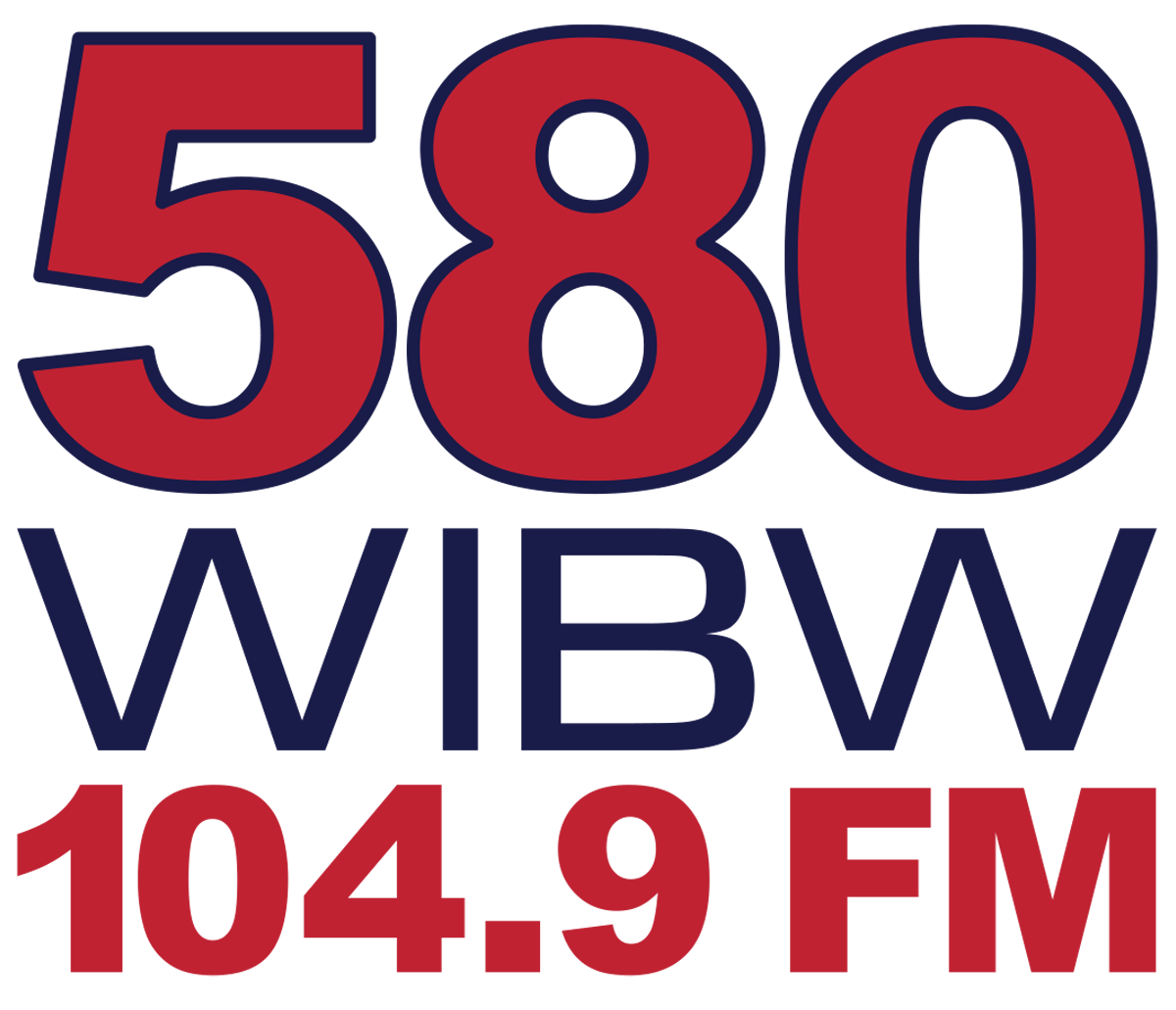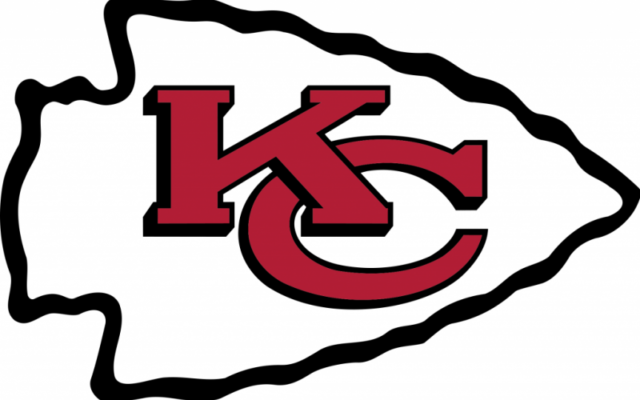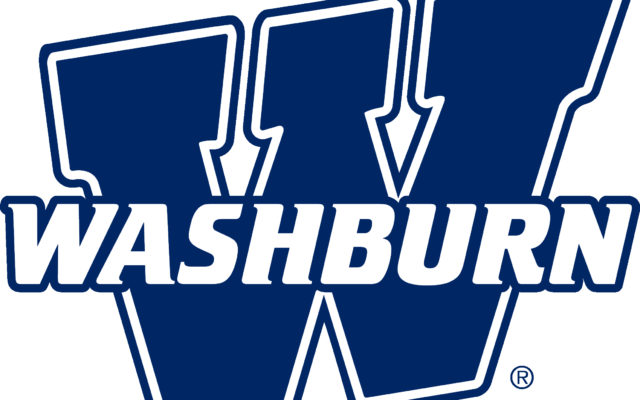Beam says prepare before you burn in the spring

Kansas Secretary of Agriculture Mike Beam notes that during burning season in the Flint Hills, it’s important to use all the tools at your disposal before deciding whether or not to burn.
“The key part of that is the computer module that you can go into daily, or multiple times a day, to try to determine, what’s going to be the impact of smoke if you burn in your particular area,” said Beam. “Some of these larger counties are divided up in quadrants.”
It’s important to try to burn when others are not, if you can make it work.
“People have seemed to want to start burning earlier than they have in the past,” said Beam. “They realize that if you spread this out, it’s less likely to have a phenomenal number of acres burned on one or two days, which can be the problem.”
It’s also hard to be sure the conditions are right on your land to burn safely, but not create other hazards.
“Depending on where you’re situated, if you’re close to a major highway, you just can’t burn when the wind’s going to carry it across the highway,” said Beam. “Particularly, if you’re looking for a northerly breeze, there’s not many days in the spring that you’ll have that. You’ve got to take that into consideration. Above all, safety is the key concern.”
The tool to find out how smoke may impact you is at ksfire.org.
Graphic courtesy ksfire.org



